1. Introduction
Education broadly encompasses curricula, communication and evaluation. Curricula refer to courses/syllabi adopted to impart knowledge to students, while communication indicated to teaching methods practiced for conveying / presenting subject-matter to students. Evaluation is aimed at assessing the performance of students through examination/tests in the centers of learning i.e. primary, secondary and higher education. The reform in education system implies modifications in curricula, communication and evaluation methods. However, the focus of present study remains only on communicational aspect of higher education. This report would first provide the existing scenario of higher education and then would analyse the weaknesses in the prevalent techniques of communication in colleges and universities of India. Finally, it would attempt to suggest an alternative communication technology.
1.1 Growth of Educational Institutions
1.1.1 Educational system in India has witnessed an exponential growth during the post Independent era. Higher education alongwith primary and secondary education had its due share in the expansion. The number of colleges and universities were 700 and 18 respectively in 1950. It has increased to about 5200 degree and post-graduate colleges, 4700 intermediate/junior colleges, 144 Universities and 44 deemed universities. In recent years around 100 colleges are started every year and the enrolment is growing at above 7% per annum.
1.1.2 At the beginning of 1980-90, total student enrolment in all the universities / colleges was about 39.48 lakhs. The enrolment in the university department was 6.55 lakhs and that in affiliated college was 32.93 lakhs. Enrolment in the faculty of arts constituted 40.3% of total enrolment, whereas in the faculties of science and commerce the percentage was 19.7 and 21.5 respectively. Enrolment at the first degree level was 34.74 lakhs (88%), at the PG level 3.75 lakhs (9.5%); at the research level 0.43 lakhs (1.1%), and at the diploma and certificate level 0.55 lakhs (1.4%).
1.1.3 The number of teachers increased to 2.49 lakhs during the year. Of these, 0.55 lakhs were in the university departments/university colleges and the rest in the affiliated colleges. Of the 54973 teachers in the universities, 6432 were Professors, 13468 were Readers, 32,764 were Lecturers and 2309 were Tutors / Demonstrators. In the affiliated colleges, the number of senior teachers was 25815 the under of Lecturers was 159546 and that of Tutors / Demonstrators was 8734.* It is inferred from the above data that an average 741.26 students and 46.75 teachers were available in each college / university. Thus teacher-student ratio was 15.85 students per teach in higher education.
1.1.4 Inspite of a significant quantitative expansion, the country has not been able to improve the standard of our syllabi in a vast majority of colleges/universities. Similarly, the methods of communication followed in these institutions has neither been meaningful no has evoked inspiration for learning among students enrolled in different faculties. However, the present system of higher education in India suffers from several problems.
The major problems are absenteeism and size of class. The host of other problems apparent in the universities/colleges are, infact, the causes and consequences of these twin problems. Such problems mentioned below are based largely on the primary data collected for this study.
___________________________________________________________________
Source: Annual Report Part I, 1989-90 Department of Education, Ministry of HRD, Government of India, 1990.

